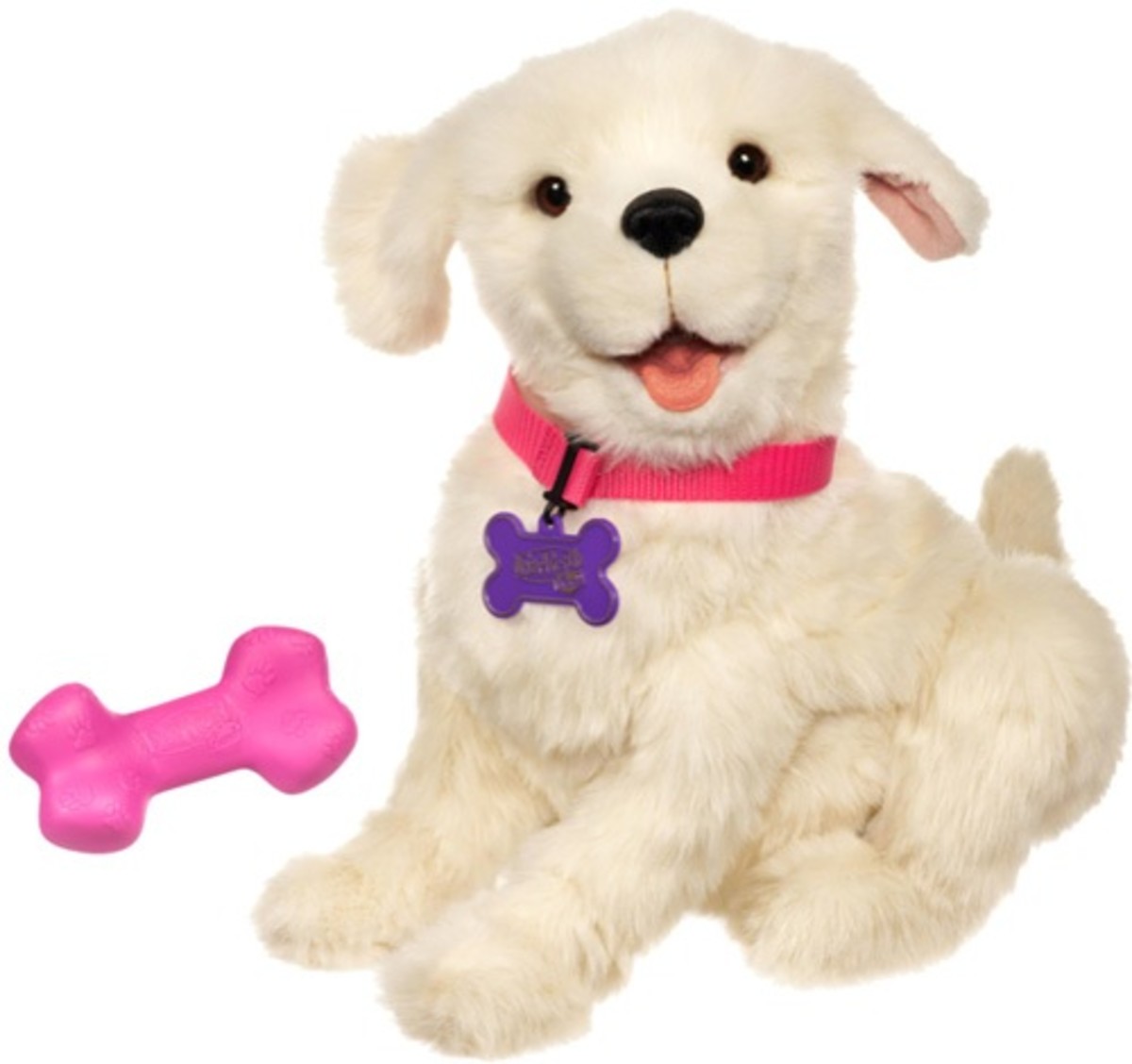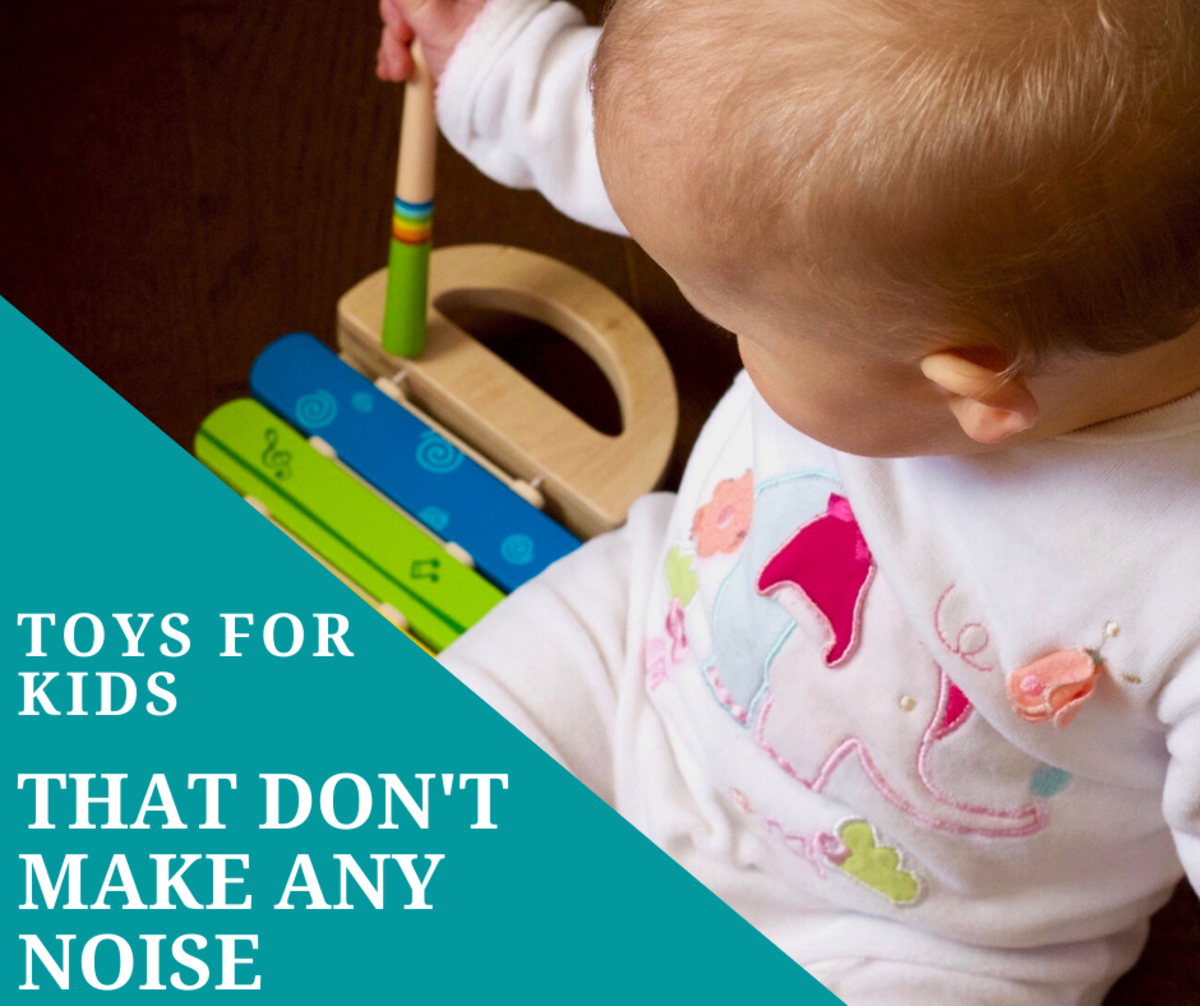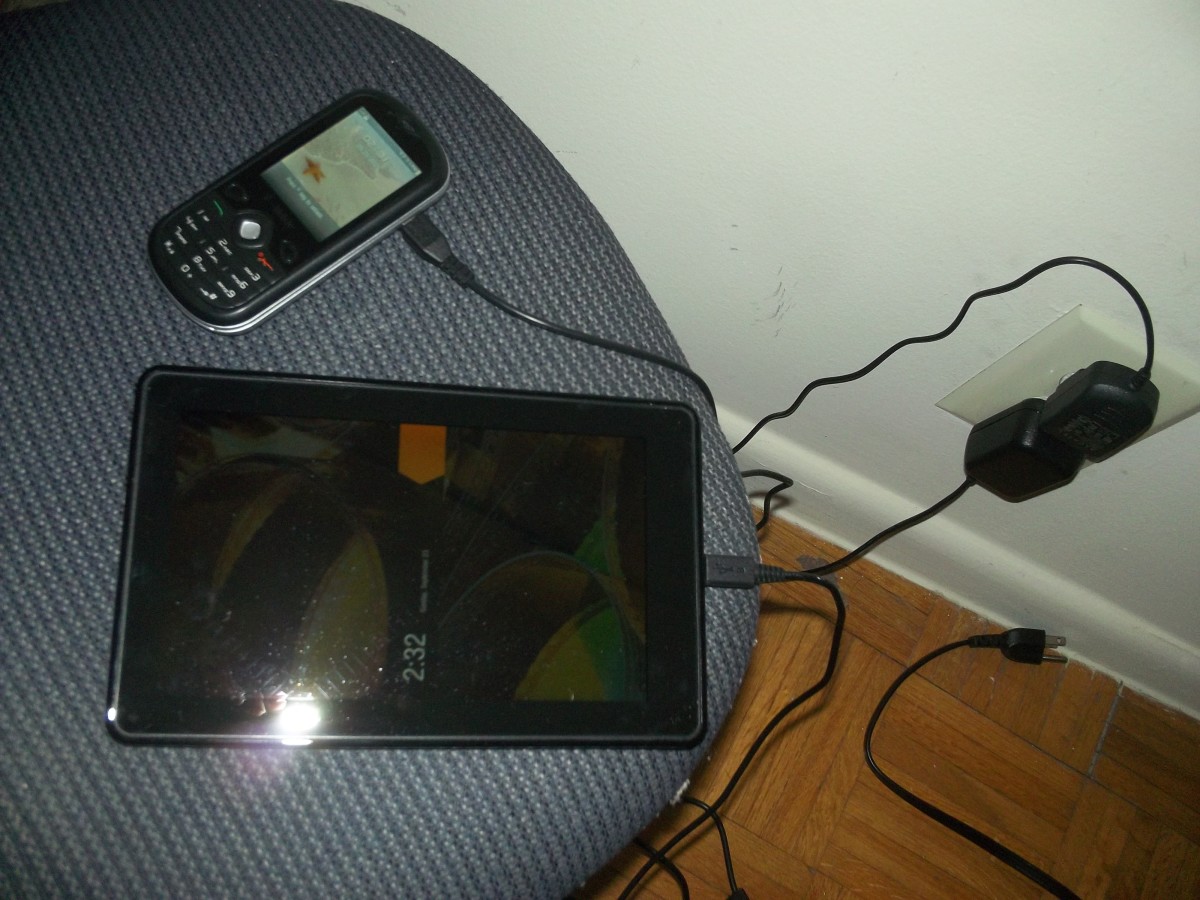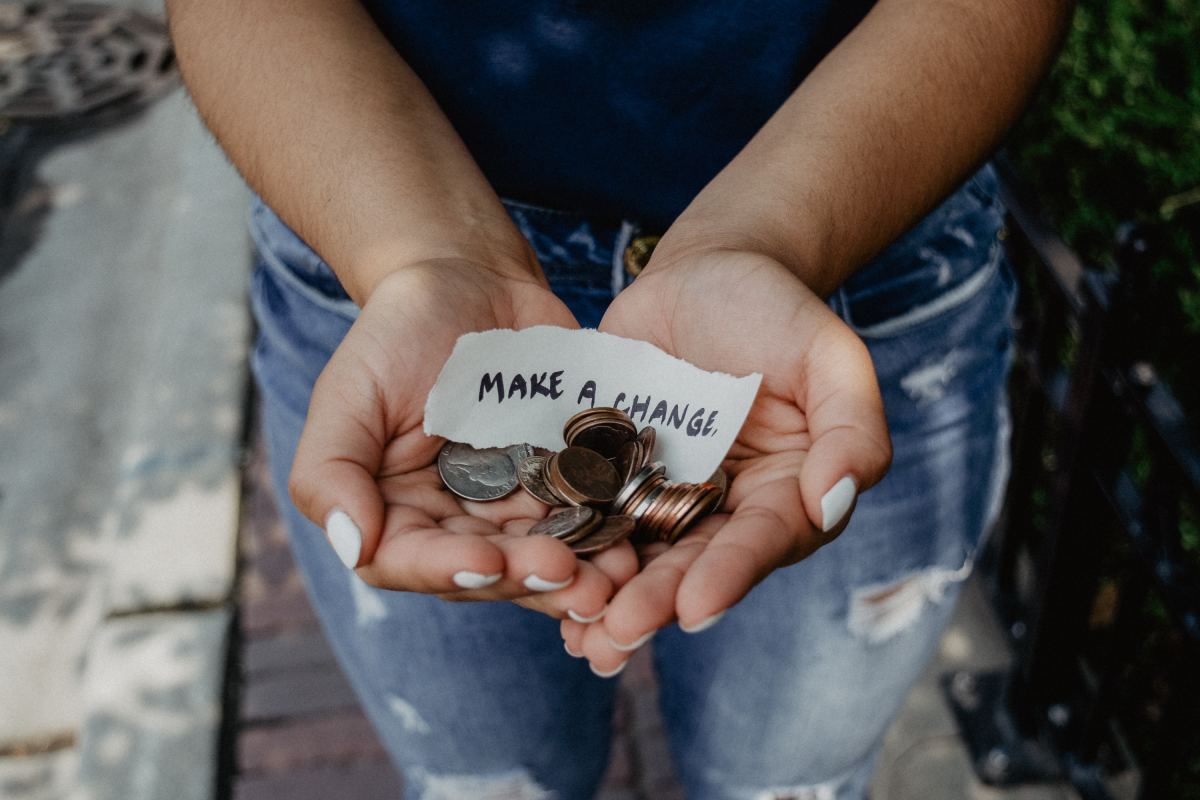How to Save Money on Children's Toys
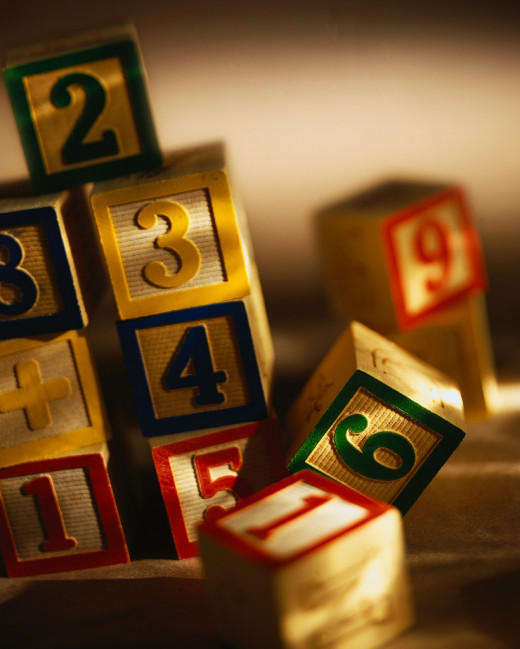
Have you stepped on a Lego recently?
We have a one-year old boy, Felix. For someone so small, he seems to have a heck of a lot of stuff! Teddy bears and balls, story books and musical gadgets, cars and alphabet blocks… every available surface is covered with toys.
Many parents can probably relate.
This is why my husband and I decided that it would be a good idea to recycle, donate and sell toys - and buy smart when we really need to purchase something.
It's been going well. So far we have already had an expensive walker on loan, thanks to a generous friend who was "between babies". We recently purchased a playpen online at a fraction of the brick-and-mortar retail cost.
We have also passed on the gratitude by lending Felix's door jumper and play mat to friends with smaller babies.
In fact, there are lots of great ways to clear some room in your kid’s bedroom, save some pennies, earn money for new toys or just make someone else's child really happy!
Here are a few ideas...
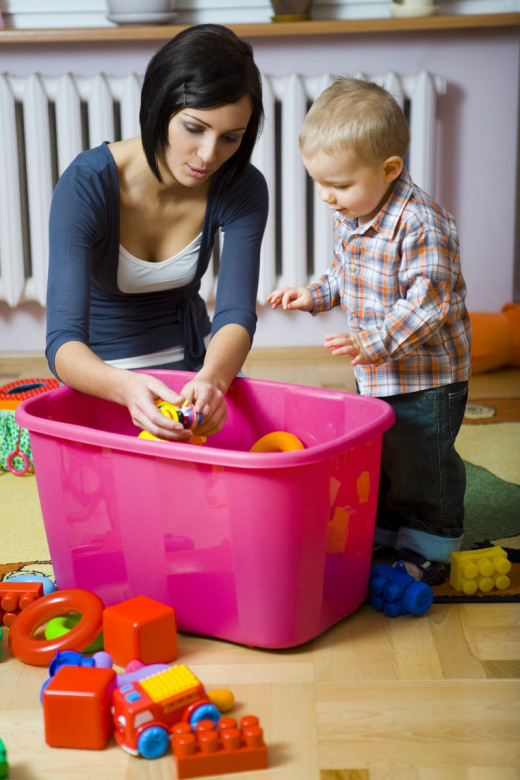
FOR TOTALLY FREE TOYS...
Borrow toys. Many people hold on to expensive baby toys even after their little ones have grown too big for them. Often the reason is that they want to save them for future sisters or brothers. Why not ask a friend if you can have a toy on loan in the meantime? Alternatively, put a message out on Facebook or Twitter and ask your whole network if they can lend you X, Y or Z toy for a while.
“Recycle” at home. Keep boredom at bay by removing select toys from your kid’s toy box and storing them while he or she plays with the other ones. Then after a couple of weeks, swap them around. This might not always work for older kids, but will keep a baby or a toddler interested, over and over again.
Host a toys party. Invite your friends with kids around for a toys party. Ask everyone to bring good toys that they're happy to exchange. Have some snacks, play games… and everybody goes home with free toys.
Exchange a toy box with a friend. When your child gets bored with toys, just put them in a box in the bedroom closet. Ask a close friend to do the same. When the boxes are full, swap.
Invent toys. Kids are good at using their imagination and making toys out of anything. How about decorating a big cardboard box and making it into an ocean liner or a car? Paper towel tubes are great for making figurines, rockets and castles. Try building a teepee out of an old sheet or let your baby play with some bright tissue paper or cellophane. The possibilities are endless!
Swap online until you drop. Try swapping toys online on special toy swapping sites. Type "toy swap + your city" into Google to find online networks in your country or area.
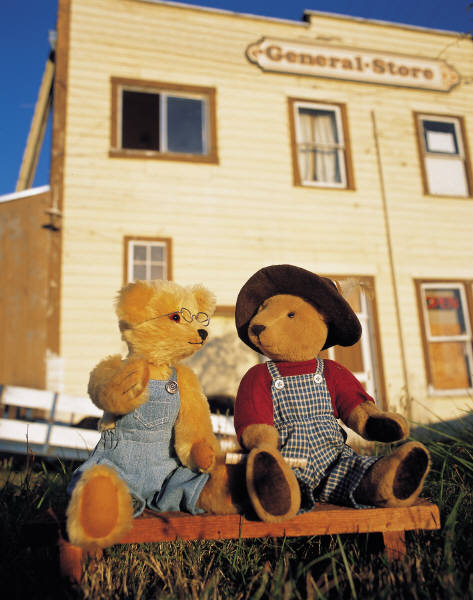
SELL TOYS
Start a Facebook toy page. A friend of mine started a locally targeted Facebook page that people can use to post kids’ toys and clothes for sale. It works amazingly well.
Sell toys locally. Earn money for new toys by selling old ones. Just make sure that they are in good working order. Also, getting kids involved in sales initiatives will teach them about the value of money. Heavy or delicate toys are best sold locally so that you can give the item to the buyer directly without having to pay expensive mail or transport fees, or the toy breaking whilst in transit. Try booking a stand at the local flee market or organise a garage sale at home. You can also advertise the sale of toys on a localised website site like Craigslist or on your social networking status line. Or try the old fashioned way and stick up a note on your local store’s pin board!
Sell toys online. Lighter toys like DVD’s, books and video games can be easily and cheaply mailed to buyers. That’s why they can be sold to a wider audience through sites like eBay or Amazon. Don’t forget to package all the items well and ship them fast, to make sure the toy gets to its destination safely and promptly. This will minimize returns and maximize positive customer feedback on your chosen sales site.
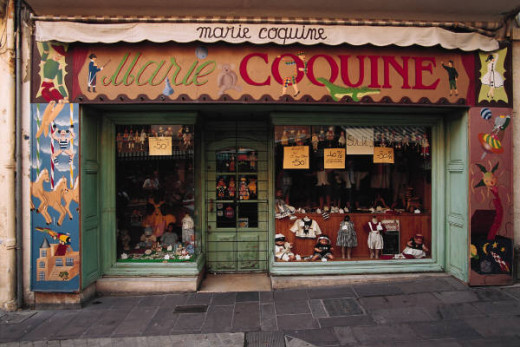
BUYING SMART
Hunt for second hand toys. Charity shops and second hand toy stores in bigger cities are treasure troves for kids. If you decide to look for toys at a flea market or a garage sale, go early. The best buys can always found first thing in the morning. If looking to buy a very particular toy second hand, searching online is your best bet. Look for specific items on eBay or Amazon and make sure the seller is trustworthy by reading their reviews. If the item is heavy, narrow the search down to your local area to make sure you don’t have to pay massive transport fees.
Ask friends. Ask friends or post a social media message to see if any of your friends (or their friends) are selling the item you want.
Try “showrooming”. This is the trend where people try clothes and shoes on in retail shops and then buy them cheaper online. If you are not sure about a toy, why not check it out at a few toy stores before you decide? Then do a price comparison with online stores. If you can buy the item up cheaper on the web, go for it.
Shop in sales. The week after Christmas is by far the best time to grab cheaper toys. If you don't live in a country that holds a Black Friday sale to kickstart pre-Christmas trade, try Cyber Monday - it's the online equivalent. Finally, trawl stores that are about to close and are getting rid of items at cheap prices.
Look for coupons. Do a search on Google for discount coupons or offers in your area.
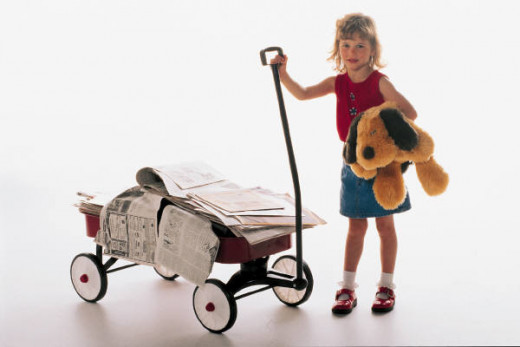
FINALLY, SOME ALTERNATIVES...
Go green. Buying eco-friendly toys has several benefits, even if the items may seem a little dearer at first. Firstly, “green” toys tend to be made out of very good materials and put together in a way that lasts. Because of this, your child will probably get more use out of an earth-safe toy. Secondly, toys that are made out of organic and biodegradable materials tend to be non-toxic, so they are great for babies and toddlers who put everything into their mouths. Finally, buying toys that protect the Earth and save the planet for our children’s’ future, is always a good idea.
Donate. It is true that one person’s junk is another one’s treasure. This is especially true for kids. Consider donating toys to a local children’s home, shelter, church or a charity shop. Make sure the toys are in good working order and presentable. Take your kids with you when you donate the toys to help them understand the importance of generousity.
Need less. By far the best way to save money on toys is to need less. Explaining to kids the harmful effects of consumerism (when they are old enough to understand the concept) and why it’s not good to constantly hanker after more new toys. Make them aware of how adverts create a need in us to buy more stuff. Show them how the environment benefits from people not just throwing old stuff away.


